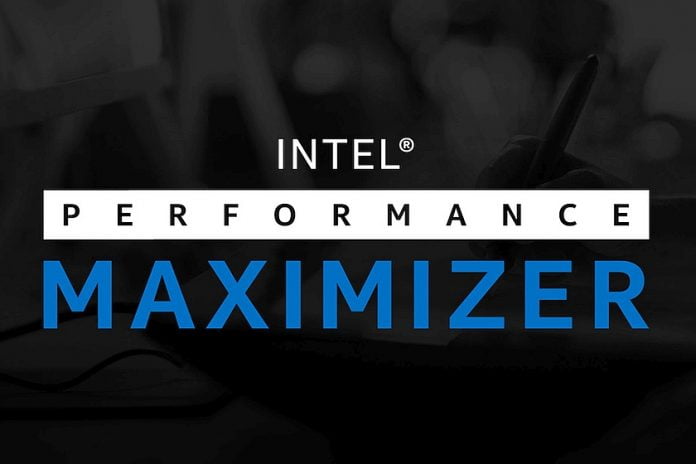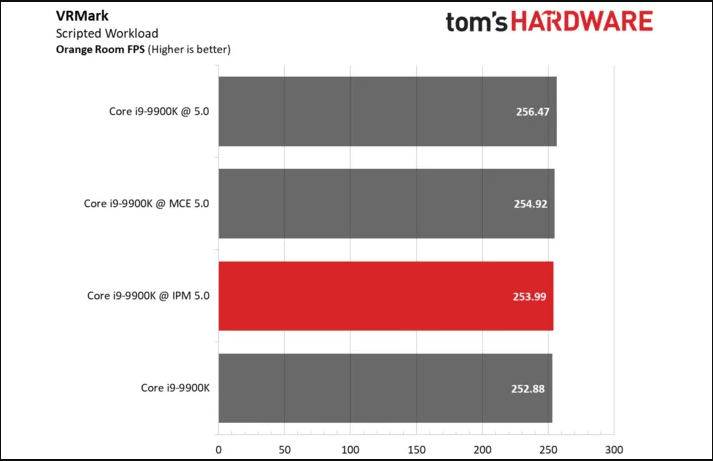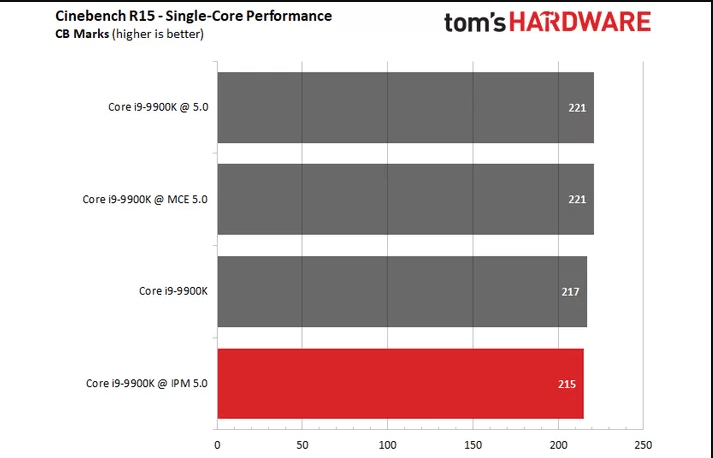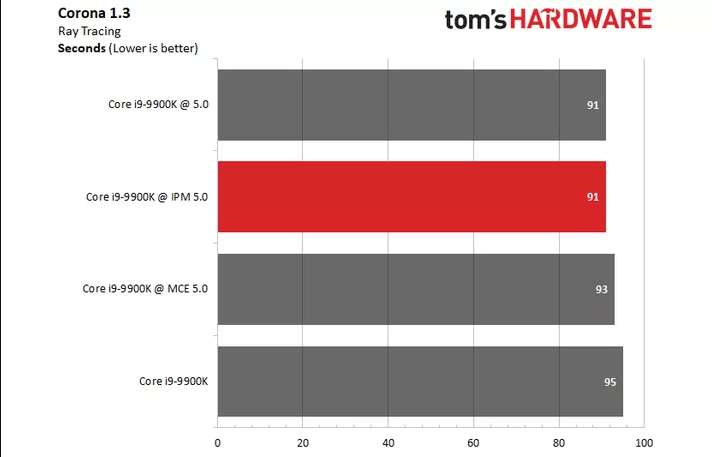Intel Corporation announced the Intel Performance Maximizer (IPM) software, an automatic overclocking program designed for the ninth generation Core i processors, allowing users to increase processor workloads with a simple push of a button, which increases computer performance.
While the idea behind the haste area is relatively simple and requires that a particular component be run at a higher frequency than it is designed to operate, the speed is not always as simple as it sounds, depending on multiple factors including hardware, cooling, and more. Intel’s IPM software is designed to make it easier for users by simplifying the acceleration process for a single click.
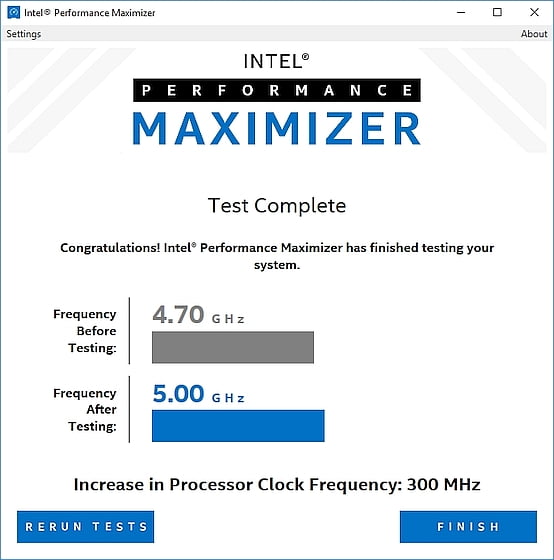
The IPM software is designed to work on Intel Core i5 9600K / KF Core i7 9700K / KF and Core i9 9900K / KF processors combined with an Intel Z390 chipset. As part of the installation, the software creates another partition on the user’s hard drive to run a dedicated testing environment to determine the stable frequency to reach, which can take several hours in some cases, when the processor’s new processor frequency is reached.
Also Read: Digital Accessories Brand ‘FINGERS’ Launched
In addition to IPM, Intel has also extended extended warranty or processor-based hardware insurance under the name Performance Tuning Protection Plan (PTPP), which allows, for a fee of $ 20, to ensure the processor in case it is damaged as a result of the speeding and replacement, On processors that do not cover user-accelerated performance.
Reality
The Tomshardware site tested the IPM software on the Core i9 9900K processor, which was upgraded by the IPM to a frequency of 5Ghz at all of its 8 cores and compared the results to manual and hasty acceleration using the third party tool of the motherboard manufacturer in the case of the MCE test Multi-core enhancement.
Also Read: Apple Pro Display XDR is Apple’s new 6K monitor, starts at $4,999
The tests show that the IPM’s speeding performance is almost as good as the user’s manual speed and at the same level as the automatic speeding of the motherboard manufacturers’ software. The great advantage of this is the universality of the IPM solution, unlike the case where a motherboard manufacturer can release or not release dedicated software to the subject.
Intel’s IPM implements exactly what it is designed to do, allowing the user to speed up his processor in a simple and convenient way without the need for prior knowledge or “game” in his computer system, which actually allows for a performance upgrade by a few simple clicks and no additional financial investment. The downside, at present, is IPM’s limited support for Intel’s ninth generation processors only.



